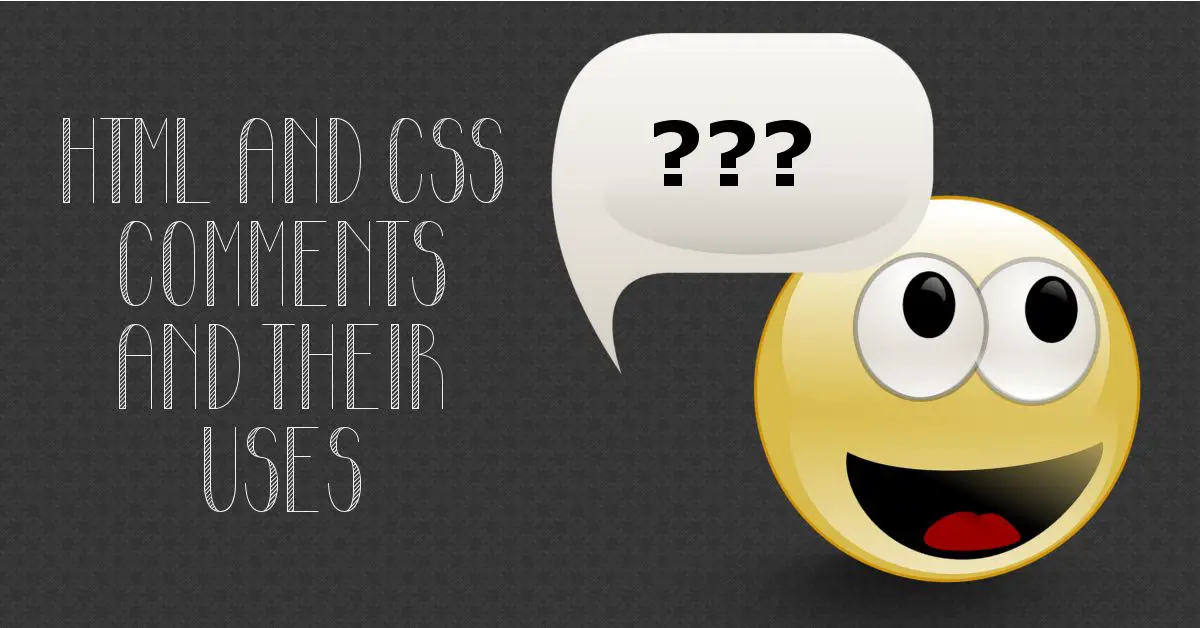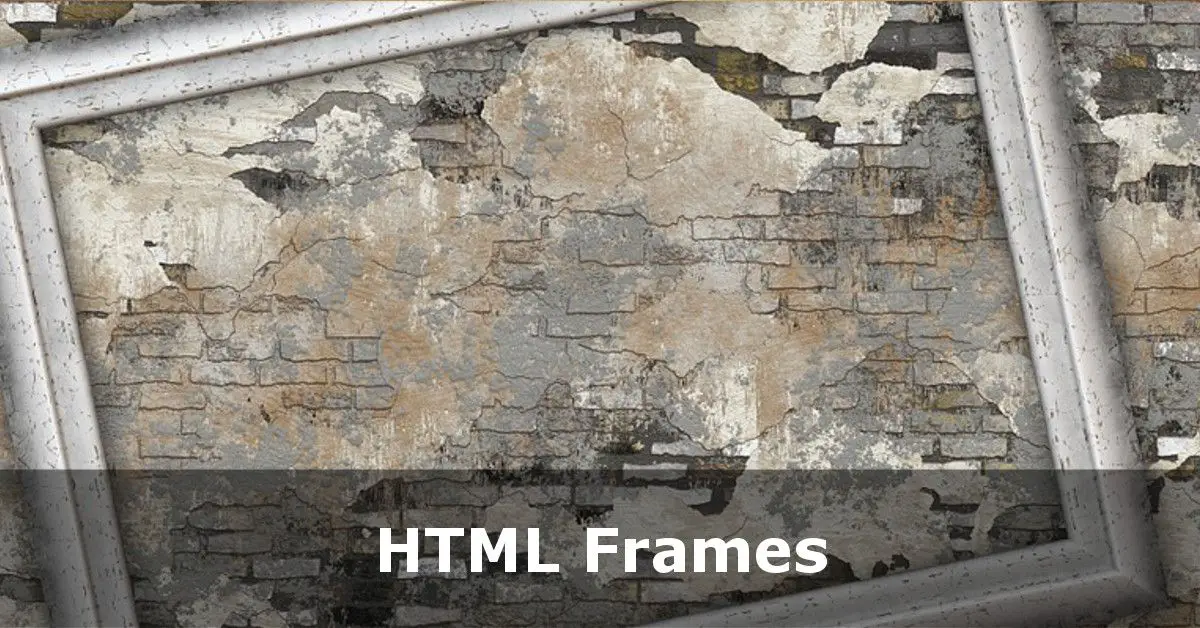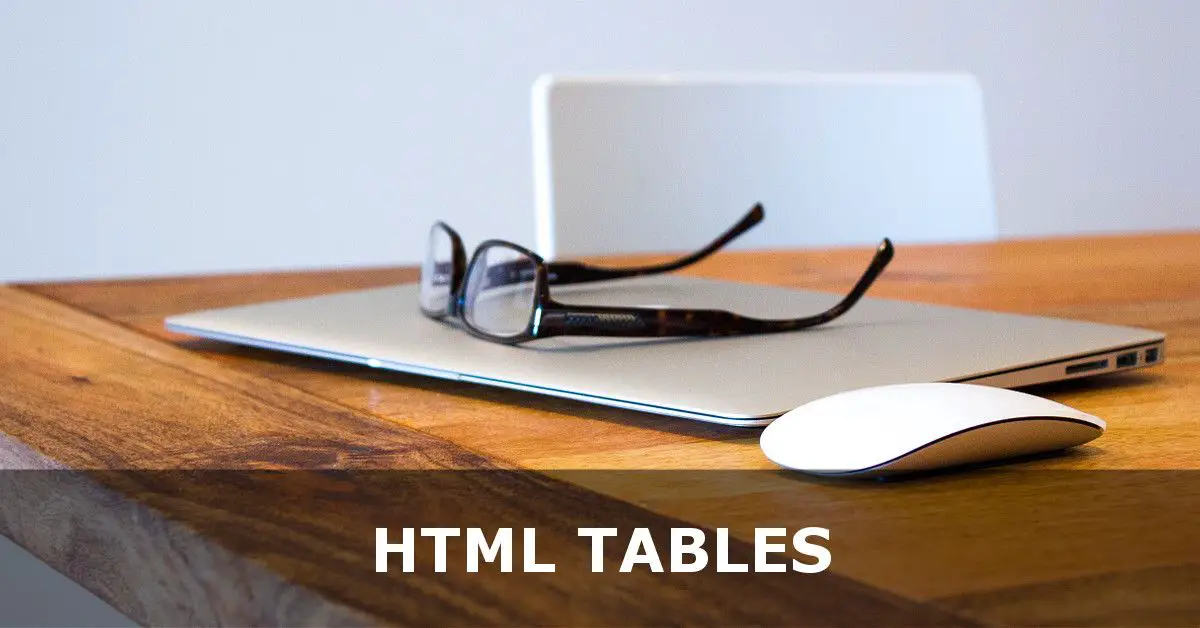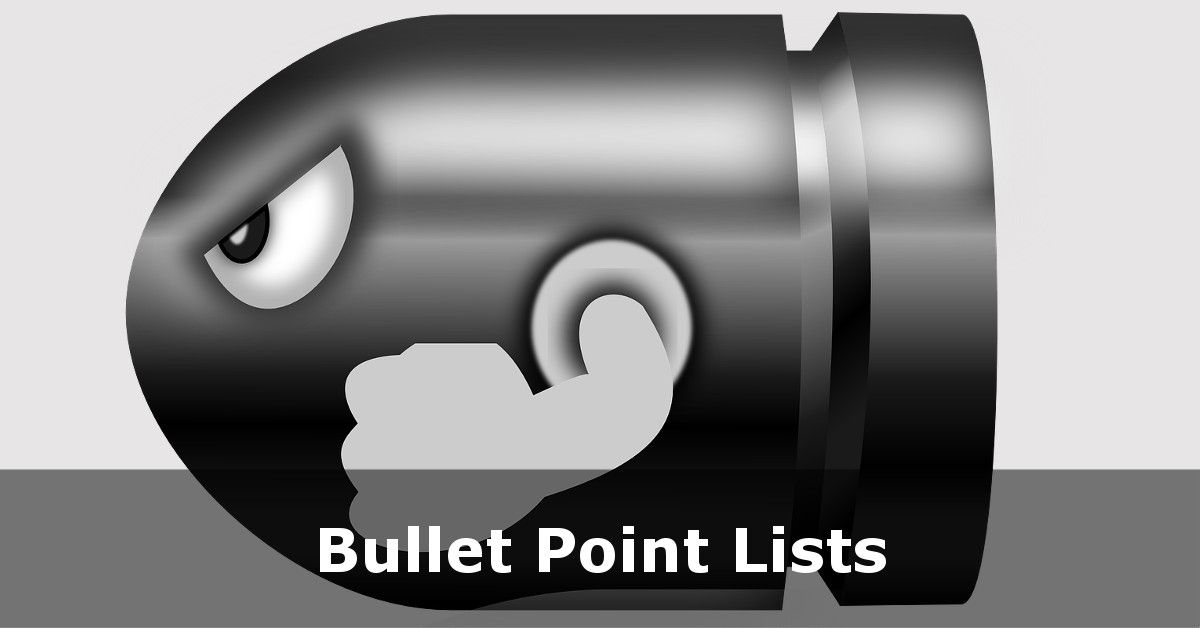In the realm of web development, the foundation of every HTML document lies within the <!DOCTYPE> tag. Also known as the document type declaration, is an integral part of any HTML document. It serves as a crucial instruction to the web browser, informing it about the version of HTML being used in the document. This ensures that the browser accurately renders the page and applies the appropriate rendering rules for the specified HTML version. Purpose of the DOCTYPE Tag The…
Read More Read More
We will return to more ‘normal’ HTML Tutorials soon but as you’re building your new website, it is important to think about your users. In the current era of multi-device access to the web, considering website load time really matters. One of the simplest ways to improve site speed is by using a file called .htaccess. So let’s look at some website speed hacks using this htaccess file. What Is .htaccess? This is a text file which can reside in…
Read More Read More
If you’re building a website, chances are at some point you want people to visit it! At the end of the day, you could have perfect HTML and CSS, but without a source of traffic, no-one will be there to enjoy it. Common traffic sources are Search Engines: Google, Bing, Yahoo, DuckDuckGo. This covers text search and voice searches that are powered by these engines. Social Media: which platforms are relevant to you are the ones you should use. There…
Read More Read More
Sometimes you just feel like you need to make notes when coding. Especially if you’re learning web development for the first time. And once your .html and .css get larger and larger, sometimes you just need to explain what you’re doing within your code. Thankfully, this is doable in both HTML and CSS with comments. HTML Comments | CSS Comments | A Warning HTML Comments Leaving yourself notes within HTML is really easy with a simple pair of ‘unusual’ tags….
Read More Read More
Wherever you go on the web there are forms! From registering for a new service, to sending a Tweet or updating your Facebook status, the role of HTML Forms is to start an interaction with your visitor. Different forms interact in different ways – some may just store data relevant to your current visit, some send emails, some interact with databases. In this tutorial, I am going to introduce you to some standard form field types. Since HTML5 kicked in,…
Read More Read More
Regardless of the website you are building, much of your page content is likely to be in the form of text. Ideally you should aim for multimedia – adding images, video and audio. But thought should be given to the text too. So I’m going to run through some basic HTML paragraph tags with you. The <p> Tag This is the easiest tag to remember! Each of your paragraphs should be wrapped in a <p> </p> tag pair like this:…
Read More Read More
An Introduction to HTML Frames with Examples In the age before responsive design and fixed-position CSS, frames were a great way to divide up your web page. They enabled you to have a fixed ‘header’ with your logo and contact details, or a fixed top, left or right navigation system. When these were popular, most screen resolutions were 800px × 600px or 1024px × 768px. So knowing you could divide up the screen and keep a consistent layout was relatively…
Read More Read More
Do You Know HTML Tables? If you haven’t looked at our Introduction to HTML Tables then head over there and then come back! Using tables, as with using HTML Frames, to create a page layout is an old-school method of creating page layouts. That being said, if you know your target visitors are on tablets or larger screens then you could still use this method. Another restriction of tables is that they are not innately responsive (not mobile-friendly). Using CSS…
Read More Read More
The Importance of HTML Links to the Web The Internet is knitted together, and called ‘the web’ because pages link to each other. It creates an inter-connected super library of media – text, images, video and interactive features all woven together to allow people to find the most useful, relevant information to them. This is achieved through links. Every website has at least one link on it – at least if the site has more than one page. When you…
Read More Read More
Whether it’s in a scientific paper, during a BBC News report or in a business or school PowerPoint presentation, bullet point lists are everywhere. They are useful for Breaking up large segments of text into manageable chunks Making important points stand out Setting out ‘action plans’ and to-do lists And much more. Today, users of the web have really short attention spans, so using bullet lists can help people digest what you have to say more easily. But how are…
Read More Read More









